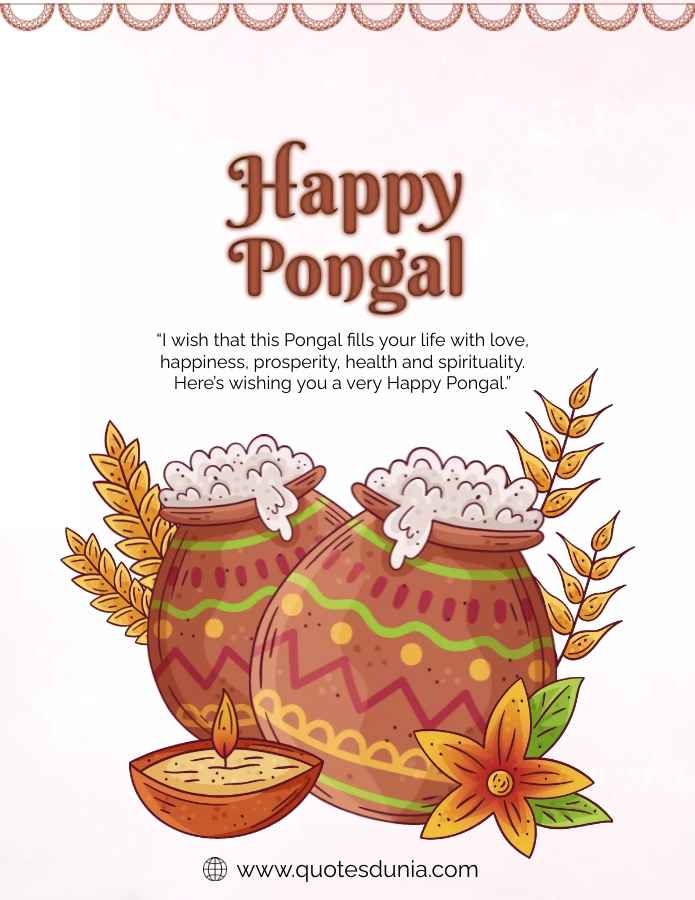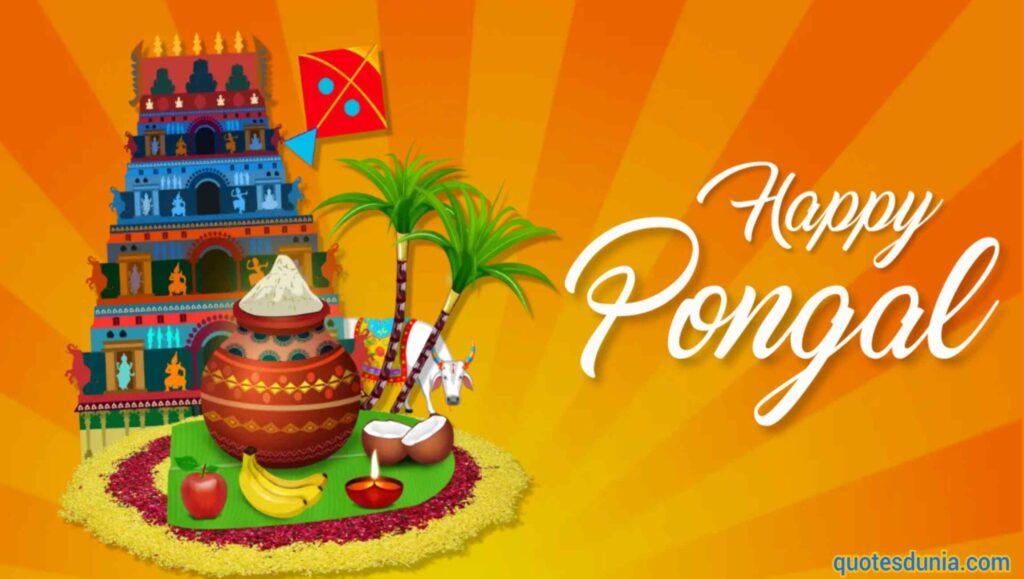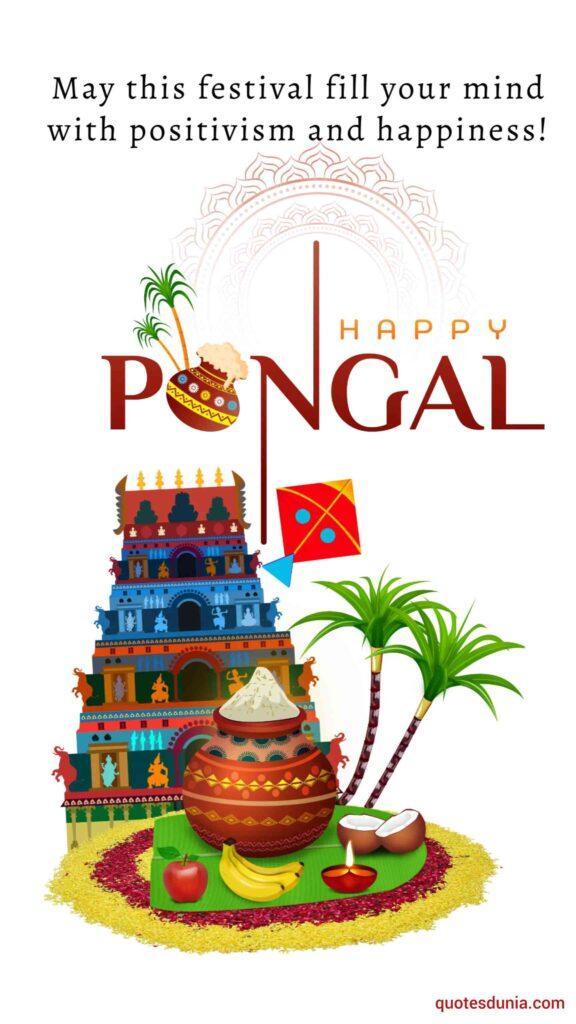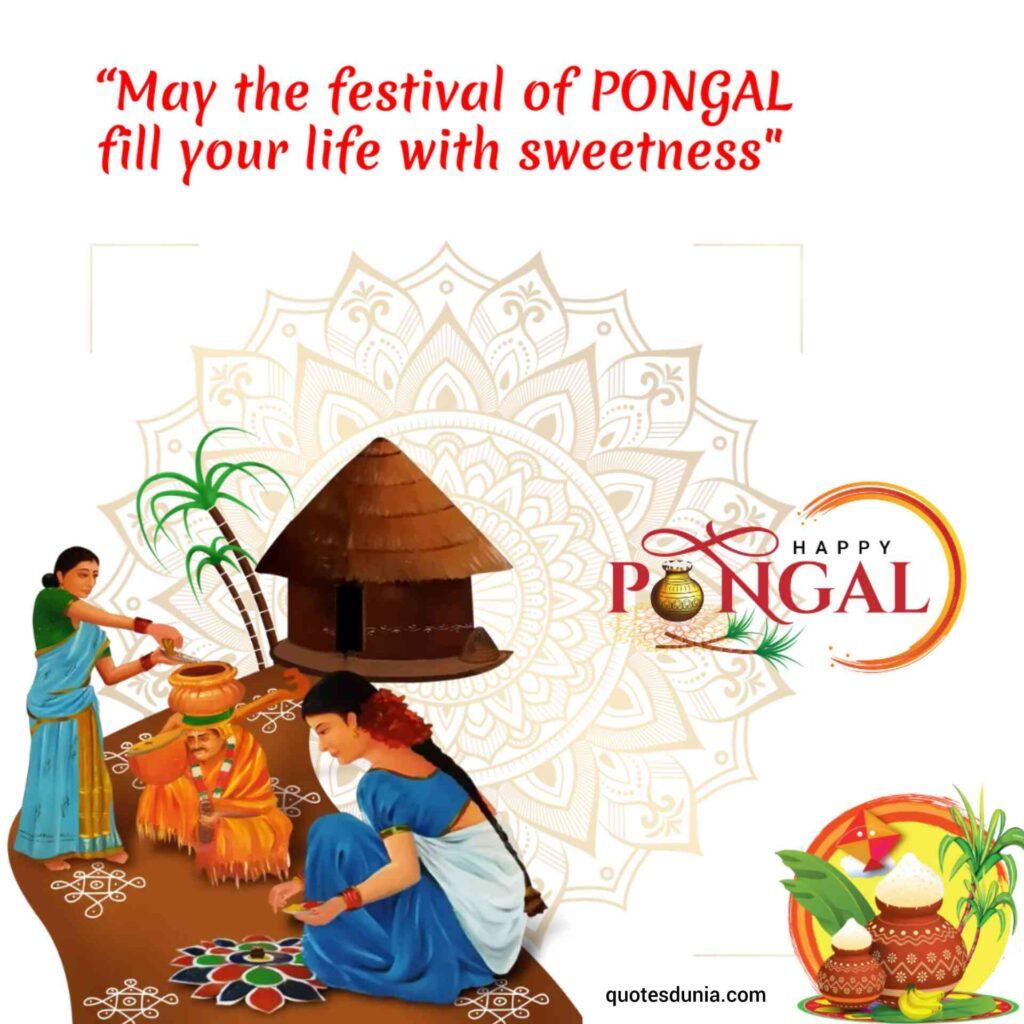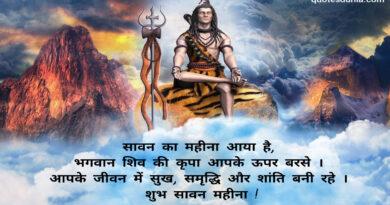Best Happy Pongal Images
Pongal, a festival deeply rooted in South Indian culture, transcends its regional boundaries to become a symbol of harvest, thanksgiving, and renewal. As the golden grains overflow from the traditional pot, symbolizing prosperity, Pongal encapsulates the essence of agrarian celebrations. In this comprehensive guide, we’ll explore the vibrant world of Happy Pongal Images, providing you with not only a visual feast but also insights into the cultural significance and traditions surrounding this auspicious celebration.
Introduction
Definition of Pongal
Pongal, derived from the Tamil word “pongal,” translates to “boiling over” or “overflowing.” It symbolizes abundance and prosperity, making it a key cultural festival in South India.
Cultural Significance
Beyond its agricultural roots, Pongal holds cultural importance, emphasizing family, community, and gratitude. It marks the end of the winter solstice and the beginning of the harvest season.
Historical Roots
Pongal’s roots can be traced back to ancient Tamil literature, mentioning the festival in Sangam literature. It has evolved over centuries, intertwining with agricultural practices and cultural beliefs.
Pongal Festival
Overview of the Festival
Pongal is a four-day festival, with each day holding unique significance. The first day, Bhogi Pongal, involves discarding old belongings, symbolizing a fresh start. Thai Pongal, the main day, focuses on cooking the Pongal dish and offering it to the Sun God.
Duration and Timing
Pongal typically takes place from January 14 to 17, coinciding with the Tamil month of Thai. The festival aligns with the auspicious Makar Sankranti celebrated across India.
Regional Celebrations
While Pongal is rooted in Tamil Nadu, it has variations in other states, such as Makar Sankranti in the North and Poush Parbon in West Bengal. Each region adds its unique cultural flavors to the celebrations.
Traditional Pongal Dish
Importance of Pongal Dish
The Pongal dish, a sweet rice pudding cooked with newly harvested rice, jaggery, and milk, is central to the festival. The act of allowing it to boil over symbolizes abundance and prosperity.
Ingredients
The key ingredients include freshly harvested rice, jaggery, milk, ghee, and an assortment of nuts and raisins. The combination creates a rich and flavorful dish.
Cooking Process
The preparation involves cooking the rice and other ingredients in a traditional mud pot. The act of boiling over is a crucial ritual, believed to bring good fortune and blessings.
Variations of Pongal
While the basic Pongal dish remains constant, there are variations like Sakkarai Pongal, which emphasizes sweetness, and Khara Pongal, a savory alternative. These variations cater to diverse palates.
Rituals and Customs
Preparations Before Pongal
The festival involves meticulous cleaning of homes, decorating with kolams (rangoli), and preparing for the rituals. It’s a time for households to come together in anticipation.
Decorations and Kolams
Intricate kolams adorn the entrances of homes, symbolizing prosperity and inviting positive energies. The designs vary, showcasing creativity and cultural motifs.
Traditional Attire
People wear traditional attire, with women donning colorful sarees and men opting for dhotis. This attire adds to the festive atmosphere and reflects the cultural richness of the celebration.
Pongal Puja
The main day involves a special puja dedicated to the Sun God, thanking him for the bountiful harvest. The offering of freshly cooked Pongal is central to this ritual.
Happy Pongal Images




